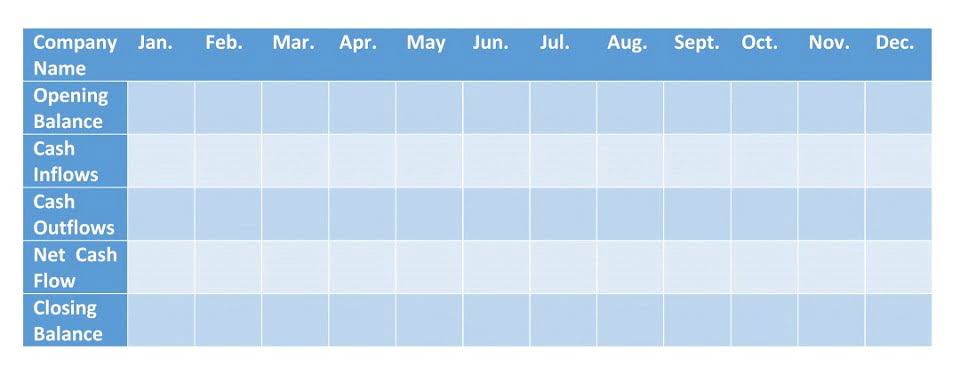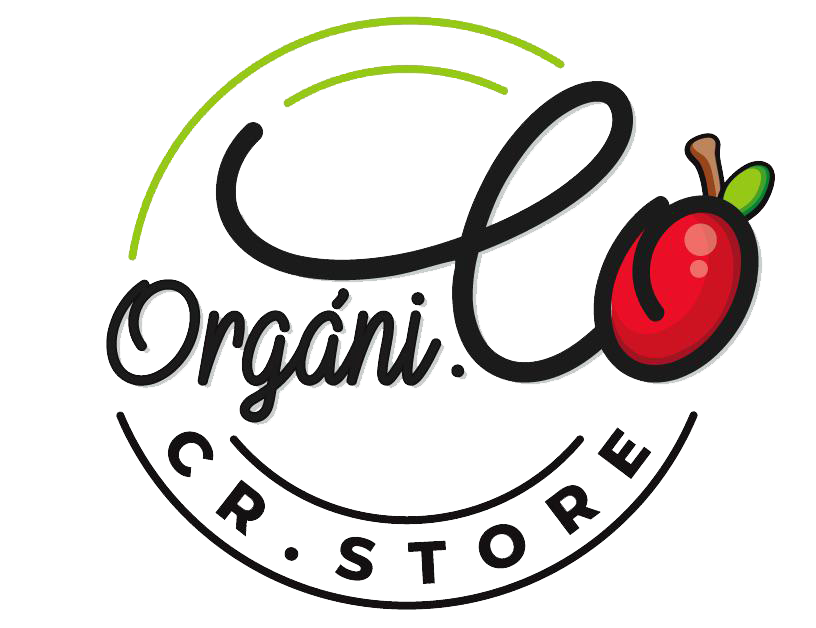
All manufacturing businesses should use the cost of goods manufactured (COGM) to track and understand production costs. It is especially crucial for companies looking to optimize pricing, increase efficiency, and improve their profitability through detailed cost monitoring and analysis. HashMicro’s manufacturing software is a leading solution for automating COGM calculations. It helps companies overcome inventory tracking, allocation, and production cost analysis challenges.

Cost of Goods Manufactured Calculator
Calculating COGM helps businesses to make pricing decisions and evaluate the efficiency of the manufacturing process. Other business expenses without connection to manufacturing, such as HR administrative expenses or marketing costs, also would not factor into a COGM value. The Cost of Goods Manufactured (COGM) is a pivotal metric in manufacturing and accounting, representing the total cost incurred for producing goods that are completed within a specific accounting period. It encompasses material costs, labor costs, and manufacturing overhead, adjusted for the change in work-in-progress inventory. Manufacturing overhead refers to the indirect costs that a company incurs during production over a specific period. Calculating COGM means adding up all the direct and indirect costs involved in making products, plus accounting for changes how to calculate cogm in work-in-process (WIP) inventory.
How to Calculate Cost of Goods Manufactured
Because when money is involved every calculation needs to be extra carefully done. As with many other cost accounting operations, the cost of goods manufactured requires being aware of each component, to determine them right and include them to the calculation accordingly. Learn what is COGM in depth, figure out why it is important and examine the steps to calculate it for your company. Cost of goods sold (COGS) is the cost of selling products, in other words the cost of finished inventory ready for sale.
- For businesses, understanding the cost of goods manufactured (COGM) isn’t just about crunching numbers; it’s about uncovering the real drivers behind profitability and efficiency.
- Like with most other financial computations, the calculation must be applied to a certain time period.
- It is more simple to find it compared to direct materials; hours rates are generally fixed and with the information of how many hours are worked in total, the direct labor cost is easily calculated.
- We’ll be using some terms like work-in-progress (WIP) inventory and finished goods, so if you want a better understanding of these topics, consider giving it a read.
- The information and materials provided on Sustainable Business Toolkit should not be construed as professional, financial or legal advice.
Why is it important to know your cost of goods manufactured?
Every aspect of their firm must be fully understood by any ambitious business owner. This requires keeping track of your income, expenses, sales, and production. If your costs change for one or more of your materials, then you’ll need to recalculate pretty much everything all over again – which can be quite a time sink. However, it is important to keep in mind that COGM can also fluctuate from period to period, depending on the mix of products being manufactured. As a result, COGM should not be used in isolation when making decisions about pricing or production levels. For now, though, keep in mind that WIP inventory refers to products that have yet to complete the production cycle and are not ready to be sold to customers.
- Note that COGM is also known as the cost of goods produced or the cost of goods finished by some specialists.
- Understanding the cost of goods manufactured (COGM) is essential for any manufacturing business.
- SelfEmployed.com is an independent, advertising-supported publisher and comparison service.
- Companies, in that way, have the chance to evaluate their expenses versus their revenue and optimize the overall production costs.
- By knowing the costs of goods manufactured, companies focus on planning and pricing strategies.
- Additionally, implementing the necessary changes will boost the business’s net profits.

Ignoring the benefits of technology, such as inventory management software, can put you at a disadvantage. Without the right tools, you’re more likely to make mistakes and struggle with inefficiencies. Regularly update your inventory records and conduct periodic audits to ensure accuracy. Software like Warehouse 15, which is compatible with Zebra and Honeywell barcode scanners, can simplify this process by providing real-time inventory tracking and reducing the risk of human error. If you don’t know how much it costs to produce your inventory, you can’t accurately report its value on your balance sheet. This can lead to discrepancies in your financial statements, which could raise red flags for investors or auditors.
Total Manufacturing Cost
TMC calculations only include direct material costs because they do not include indirect material or factory overhead expenses. The easiest way to see how manufacturing costs change over time is to break them down into their components and plot them on a graph. An accountant can break down a company’s production expenses for a given product mix and volume into real estate cash flow their parts in this way.

We’ll be using some terms like work-in-progress (WIP) inventory and finished goods, so if you want a better understanding of these topics, consider giving it a read. If you’re still using spreadsheets or paper records to calculate COGM, you’re likely making mistakes without even realizing it. For example, a simple typo or miscalculation can throw off your entire COGM figure. Streamlines order fulfillment, automates stock tracking, and payroll ensures efficient delivery management, helping businesses optimize logistics and improve customer satisfaction. Book a free chat with one of our in-house manufacturing experts to determine the solution that’s best for you.
